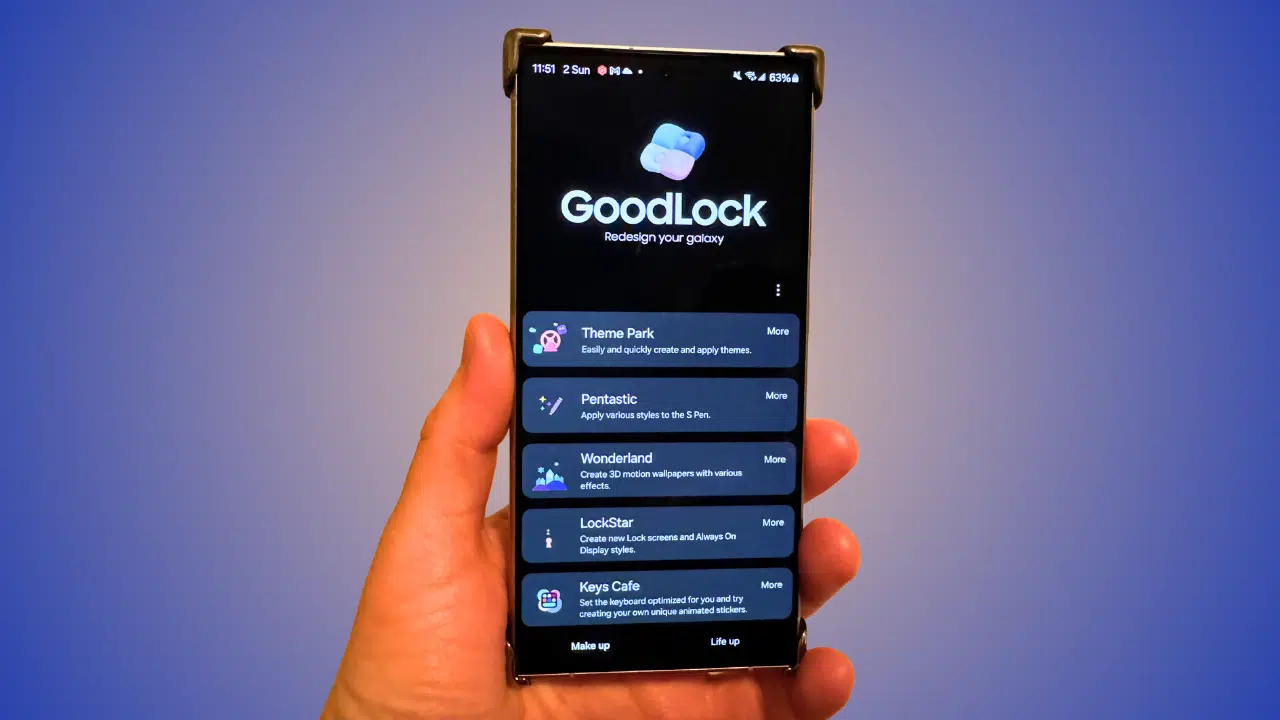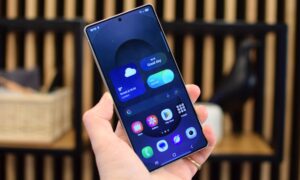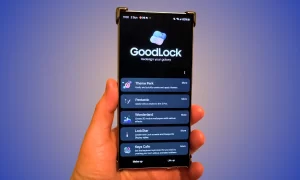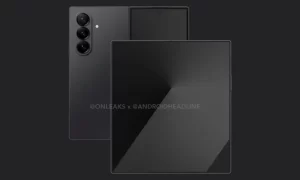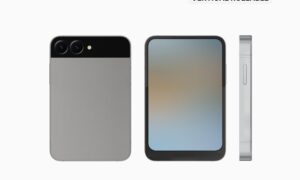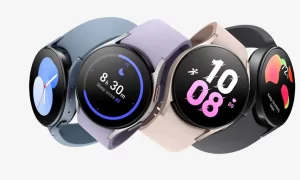Tesla’s fully autonomous FSD Beta 10.11 has been pushed to Tesla employees. If the new version performs well, other ordinary test users should receive the update in the next few days.
There are several notable improvements in the release notes for FSD Beta v10.11. Tesla says V10.11 employs more accurate predictions of where other vehicles are turning or merging, reducing unnecessary deceleration. The company also says that V10.11 improves the vehicle’s right-of-way understanding, which is important when maps are inaccurate.
Join tip3x on Telegram
Moreover, FSD Beta V10.11 has specific improvements for detecting Vulnerable Groups (VRU) of road users. Tesla noted that the latest version of the FSD Beta should improve VRU detection rates by 44.9 percent, allowing the system to significantly reduce “false positives for pedestrians and bicycles.” The company was able to achieve these VRU improvements by increasing the size of its next-generation tagger.
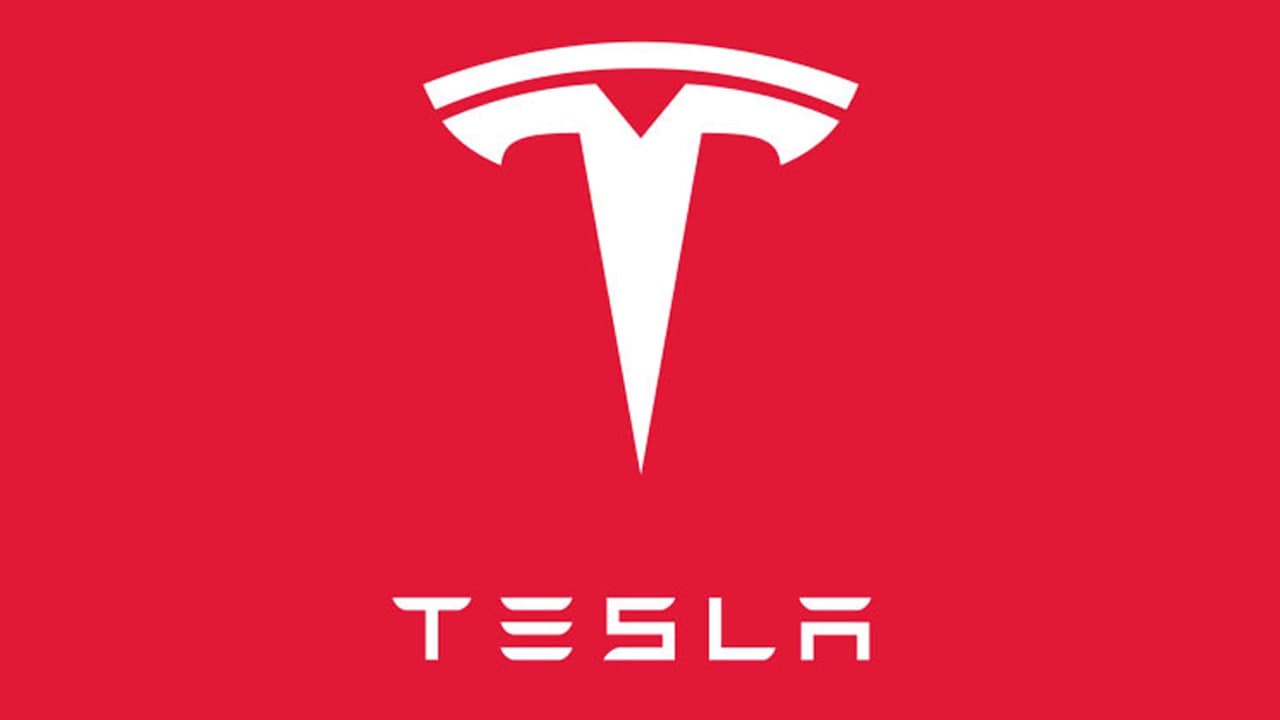
Here are the release notes for FSD Beta v10.11:
Early Access Program | FSD Beta 10.11
- Upgrade the modeling of lane geometry from dense raster (“point pack”) to an autoregressive decoder that directly predicts and connects point-wise “vector space” lanes using a transformer neural network.
- This allows us to predict intersecting lanes, allows for less computationally expensive and less error-prone post-processing, and paves the way for predicting many other signals and their relationships jointly and end-to-end.
- Reduce unnecessary deceleration for vehicles that won’t cross our path with more accurate predictions of where vehicles will turn or merge.
- Improve understanding of the right of way if the map is inaccurate or the car cannot follow the navigation. In particular, the modeling of the extent of the intersection is now based entirely on network predictions and no longer uses map-based heuristics.
- Improves the accuracy of VRU detection by 44.9%, greatly reducing false positives for pedestrians and bicycles (especially around tarmac joints, skid marks, and raindrops).
- This is achieved by increasing the data volume of the next-generation automatic marker, training previously frozen network parameters, and modifying the network loss function. We found that this reduced the incidence of false decelerations associated with VRU.
- Reduced predicted speed error by 63.6% for very close motorcycles, scooters, wheelchairs, and pedestrians. To do this, we introduce a new dataset that simulates adversarial high-speed VRU interactions. This update improves autopilot control of fast-moving and cut-in VRUs.
- Improved crawl curve with higher bumps at the start of the crawl.
- Improved control of nearby obstacles by predicting continuous distance to a general static obstacle network.
- Reduced vehicle “parked” attribute error rate by 17% by increasing dataset size by 14%.
- Improved speed error by 5% in unobstructed cases and 10% in road cases by adjusting the loss function to improve performance in difficult cases.
- Improved detection and control of open doors.
- Improved cornering smoothness by using an optimization-based approach to decide which road lines are not relevant for control given lateral and longitudinal acceleration and bump limits and vehicle kinematics.
- Improved stability of FSD Ul visualization by optimizing 15% of the Ethernet data transfer pipeline.
Furthermore, the software version number of Tesla FSD Beta v10.11 maybe 2022.4.5.15, and the performance test of v10.11 on the actual road is usually conducted by the company’s FSD test project members several hours after the system is widely released.

